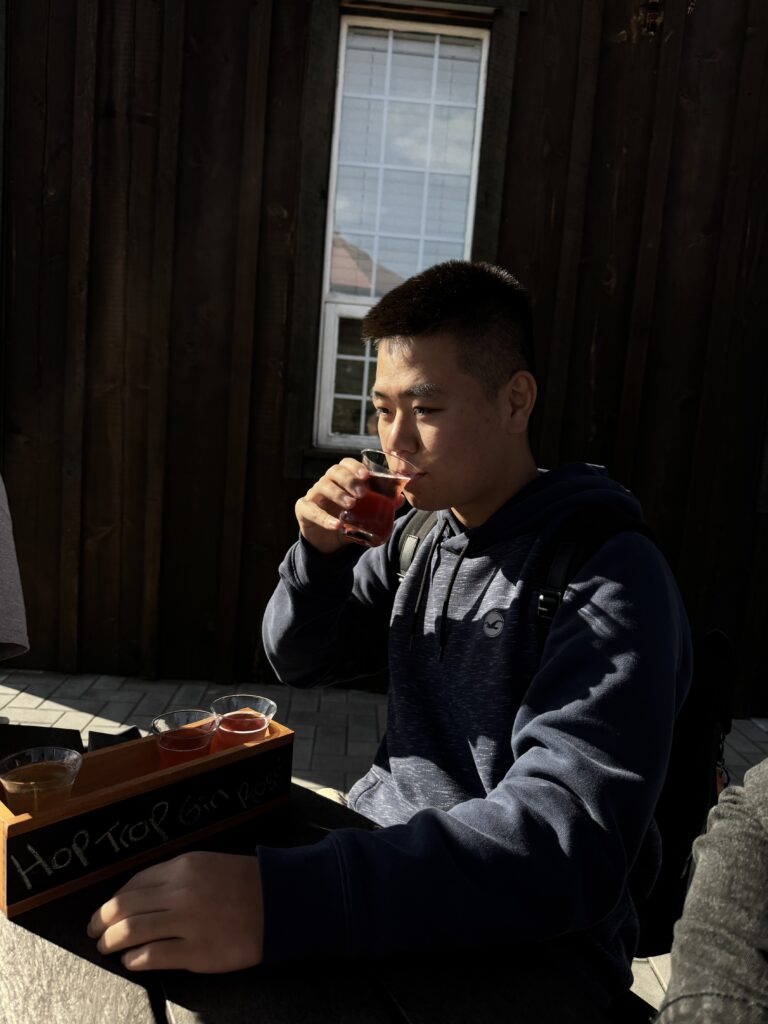A peaceful burial ground in Kamloops shelters the unrecorded histories of the first Chinese immigrants who settled there. The Chinese Cemetery stands as a physical representation of both death-related suffering and the traditional death customs of Chinese culture. During the late 1800s Canada received thousands of Chinese workers who performed railway and mining duties and operated local businesses. The Chinese people encountered both racial prejudice and excessive taxation and lost their basic rights during their time on earth. The main cemetery rejected Chinese immigrants from burial because of racial segregation laws. The city granted this land for burial purposes but placed it outside the town limits as a symbol of their social segregation that persisted after death. The Chinese community maintained profound respect for their deceased loved ones despite the discrimination they faced. The gravestones displayed Chinese characters which included names together with hometowns and wishes for peaceful afterlife rest. Traditional burial rituals were essential. Families performed rituals by presenting incense together with food and spirit money as offerings to their deceased loved ones. Through these practices the spirits received proper care in the afterlife while staying linked to the living world. The practice of burning joss paper known as spirit money’ served to provide ancestors with wealth and comfort during their existence in the afterlife. Chinese funeral customs base their fundamental belief on the continuous connection between earthly existence and what comes after death. Time has caused numerous graves to fade from memory while the cemetery endured years of abandonment. The stones in this cemetery carry stories about a community which contributed to Kamloops development yet lost their place in local historical records. The space requires our attention to understand how we should honor people who were previously barred from memory. What measures should we take to preserve their historical accounts from disappearing?
Category Archives: Riya Patel – Chinese Cemetery
Preserving the Traditions: How Kamloops’ Chinese Cemetery Helps to Keep the Culture Alive.
Johnny is an international student from China, who is studying Computer Science at Thompson Rivers University and he shared his thoughts about the cemetery and Chinese burial traditions.
The Cemetery serves as a connection between the two cultures if the Chinese and the Canadians and thus conserves a story of hard work and devotion. He is not sure what is happening over there, but he is sure that they must be taking care of the Cemetery and perhaps arrange some ceremonies at the time of the Qing Ming Festival. Traditional funerals for Chinese people entail rituals like coffin preparation during which the dead body is dressed and got ready for burial, and funeral procession where the family and friends walk behind the hearse to say their goodbyes. Offerings are made of food and fake items such as money and objects which are believed to be used in the afterlife. According to Johnny, the trend is that youth are less interested in these customs, especially in urban settings.
Nevertheless, the Kamloops Chinese Cemetery preserves the cultural heritage and continues to maintain the roots and history for the generations to come.

About Riya

Hi, I am Riya, a second-year student studying Communications at Thompson Rivers University(TRU). I am an international student from India and coming to Kamloops made me interested in the history of the place and its past with indigenous people. During this semester my investigative partner Macy will be mainly focusing on The Chinese Cemetery and its history. Our whole group is keen on researching and getting to know more about these places than we know. Throughout the semester we will be covering various landmarks such as the cemetery, Indian Residential School and Tranquille Sanatorium. Our main aim is to highlight the relevance of these places and their stories today and foster a deep understanding of their aftereffects on the community and their collective memories.
